The 20th Century Monarchs
Edward III - 1901 to 1910
George V - 1910 to 1936
Edward VIII - 1936
George VI - 1936 to 1952
Elizabeth II - 1952 to Present
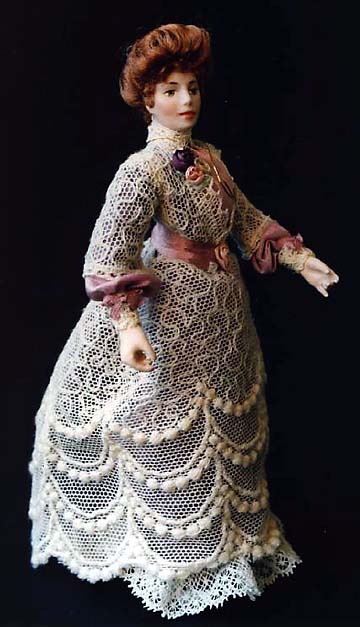
Above, an early Edwardian evening gown with 'Bishop Sleeves' fitted at the top and widening at the bottom..
Below, the tea gown was born out of a concern during the 1870s particularly from doctors, over the detrimental effects of wearing a tight corset all day. The daily ritual at home of afternoon tea provided the perfect opportunity to slip into something more comfortable (without the need of help from the maid) and to dispense with the tight corset. In the Edwardian Era, the tea gown was no longer confined to a lady’s parlor they had escaped into the dining room and even out into the garden. Tea gowns remained popular into the 1930s, cool light fabrics and colours for the summer and darker warmer fabrics for the winter.
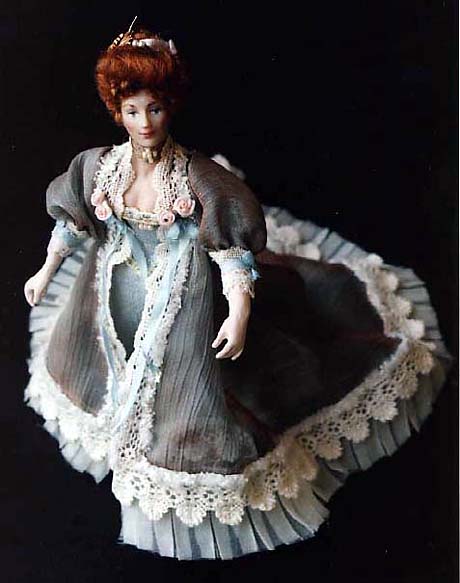
Below, by the mid Edwardian era sleeves changed again returning to the leg-o-mutton (wide at the shoulders and close at the wrists) that had been so popular in the 1890s.
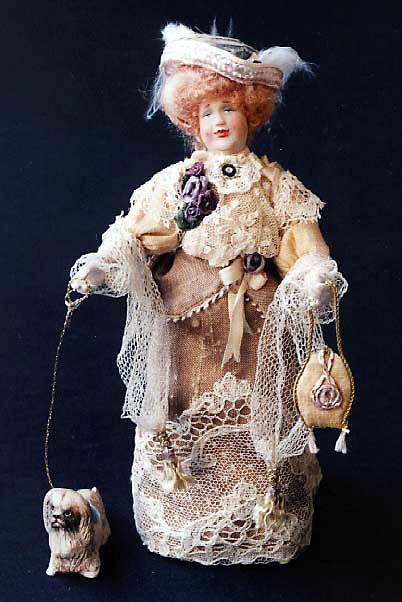
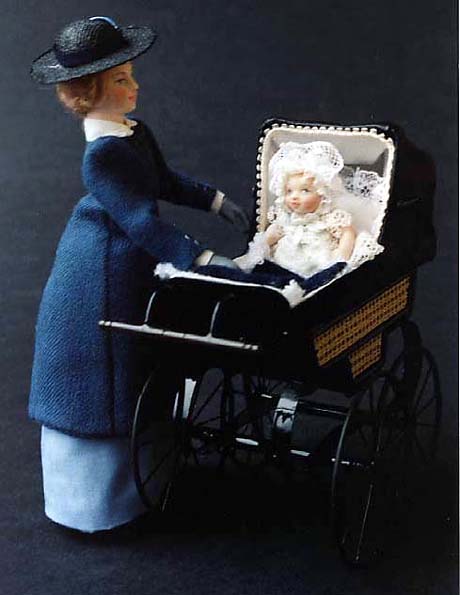
Above, The Edwardian nanny. Emily Ward founded The Norland Institute (now College) at Norland Place, London, in 1892. The Institute was the first to train child care nannies for service with ‘well -to-do’ families. The original Norland Nannies uniform was in pink and grey, but changed to blue with a brown cloak (to differentiate the nannies from nurses). Over the 20th century Norland Nannies have become the ultimate choice for families of high social standing including The Royal’s. The College is now based in Bath and its distinctive uniform today is in shades of brown.
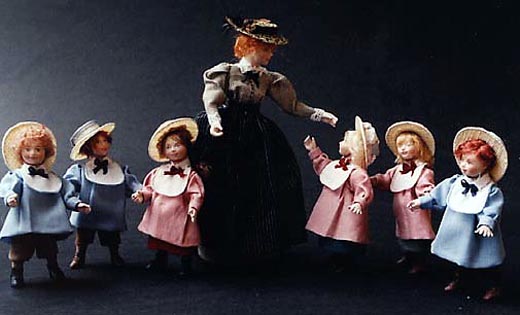
Above, Young Edwarian children with their school mistress.
Below, ready for the pantomime.
p>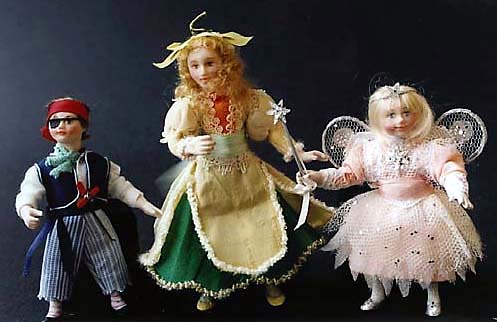
Below, the maid takes the children to bed.
p>
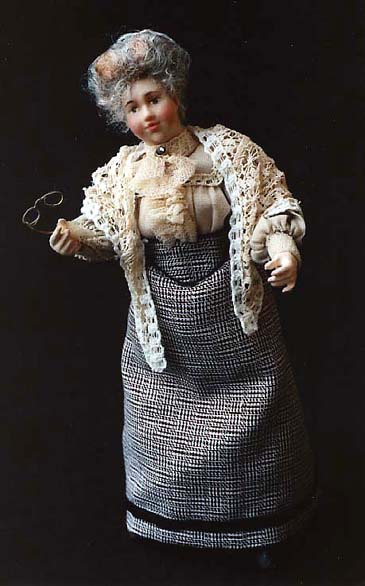
Most middle and working class households depended on the regular beats taken by street sellers or hawkers to buy a multitude of things ranging from Pins to picked whelks. A fair living could be earned by selling on the streets. Calls for pity from orphans and beggars were not always answered with sympathy.
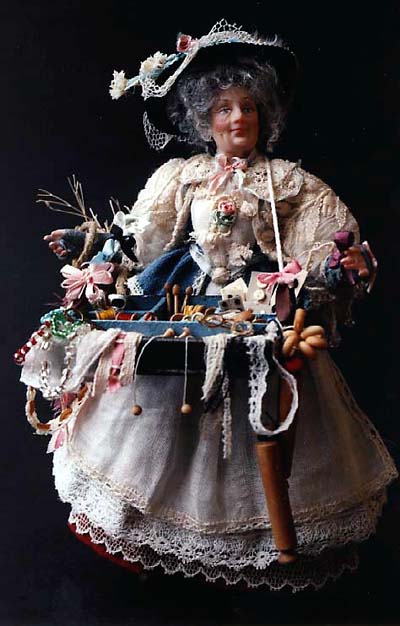
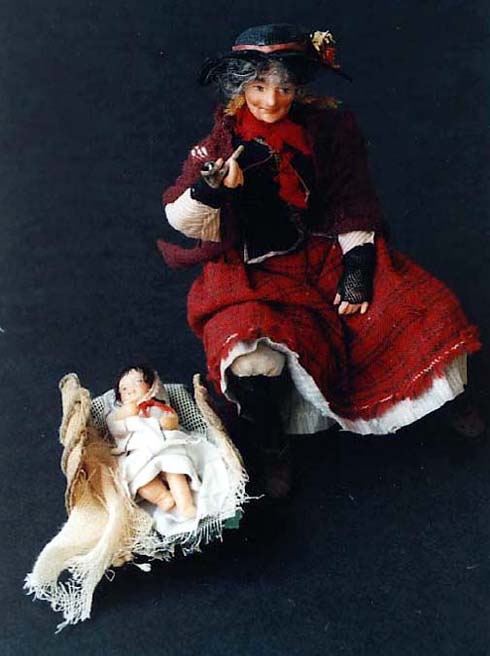

Below, the wide brimmed ‘picture hat’ became popular during the Edwardian period and into the 1920s. The hats were called ‘picture hats’ as they framed the face of the wearer, often worn low and picking up on the colours of the outfit.
p>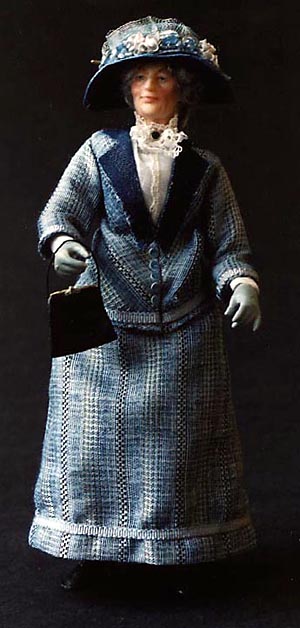
Below, the cloche hat was designed by milliner Caroline Reboux in 1908. A soft rounded hat that sits close to the head, usually made of felt, it was very popular in the 1920's with 'flappers' the young fashionable women known for their wild dancing, heavy smoking, drinking, and abandonment of social norms. Above all, trends in the 1920s moved towards easy wearability, dresses with dropped waists, belts and lengths varying between ankle and knee.
p>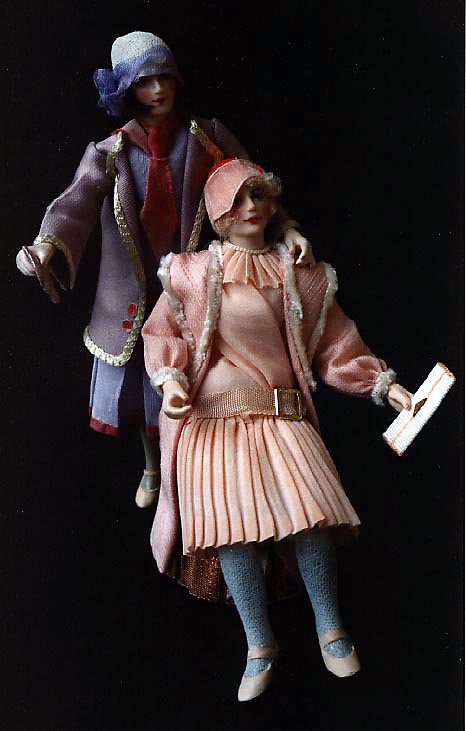
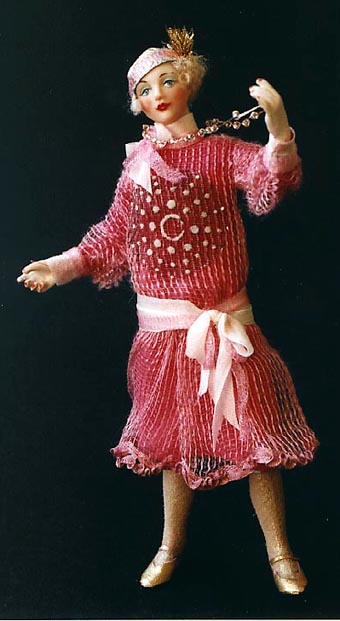
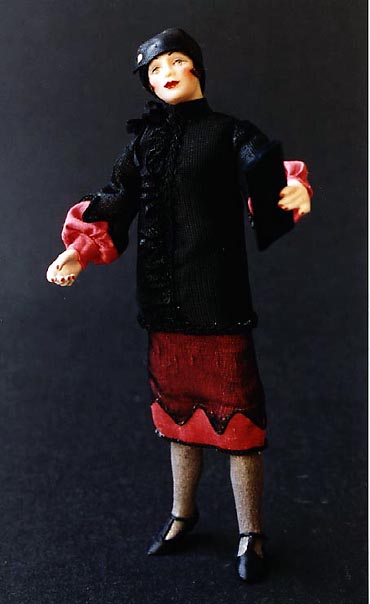
Above, as hem lines rose in the 20s, women began to wear silk and later rayon (then called artificial silk) stockings to cover those exposed legs.
With the stock market crash of 1929 and with the opening of the new decade, hemlines descended back to ankle length and waistlines moved back to their natural place. Men had also moved into informal wear, the golfing plus- fours, sports jackets and flannel trousers replaced waist coats, canes and spats. Even the ubiquitous white tie and tails almost faced extinction with the fashion influence of Hollywood movie stars like Clark Gable.
In 1936 – Edward VII abdicated the British throne to marry his American mistress, Mrs. Wallis Simpson, she picked American/French designer, Mainbocher to design her wedding dress.
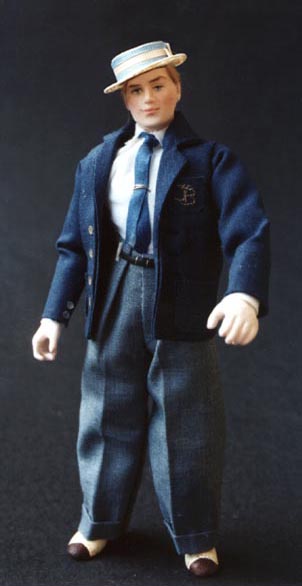
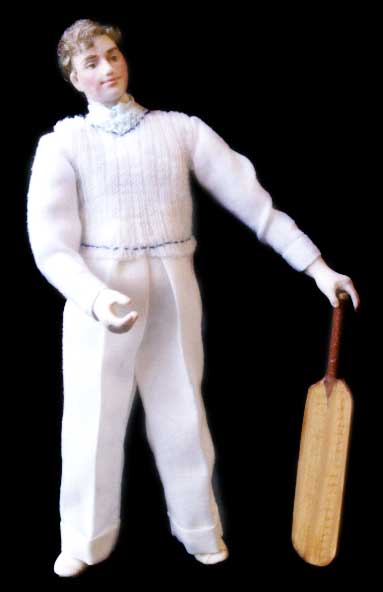
Below, in 1945 all British Servicemen returning home from the end of the Second World War were issued with a set of civilian clothing, including a three piece suit. The demob suit as it was called was a perfect idea unfortunately it became the butt end of many jokes.
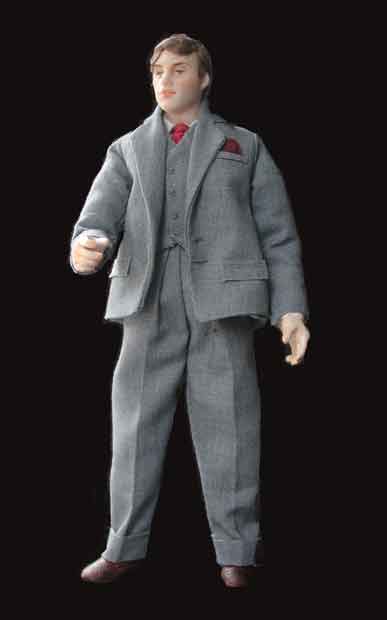
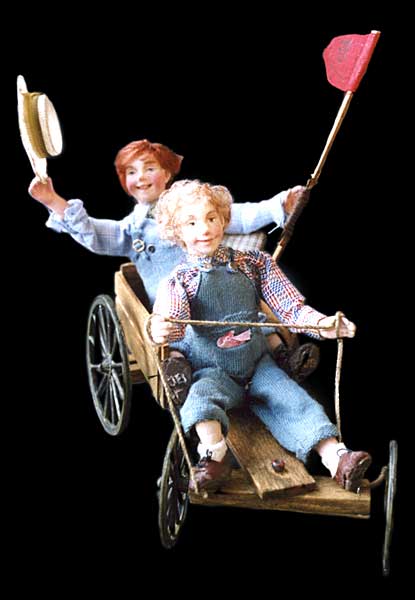
In 1949 wartime clothes rationing ended and Women’s clothes became care-free colourful and feminine, shaking-off the austere look of the government approved ‘Utility' designs. Full circular skirts with layers of stiffened nylon petticoats underneath helped to make them look full.
The British had been knitting for victory all through WWII, socks, balaclavas and gloves for the troops. Wool was in short supply and this often meant unpicking old knitted garments and re-using the wool. When wool eventually returned to the shelves in the 1950s there was a knitting bonanza.
p>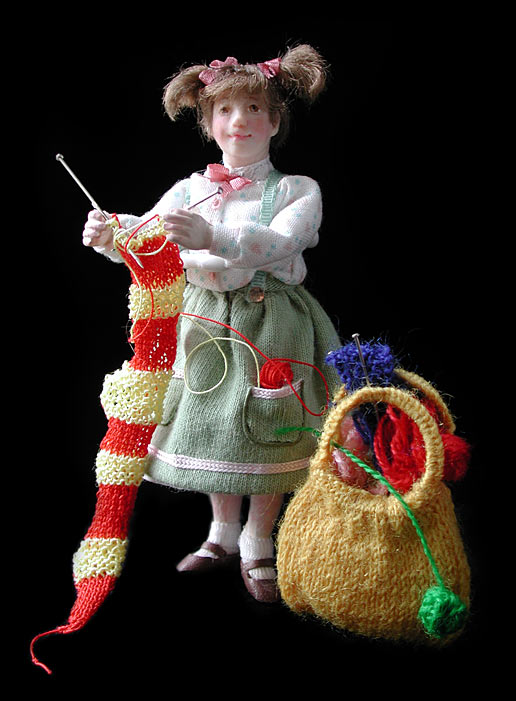
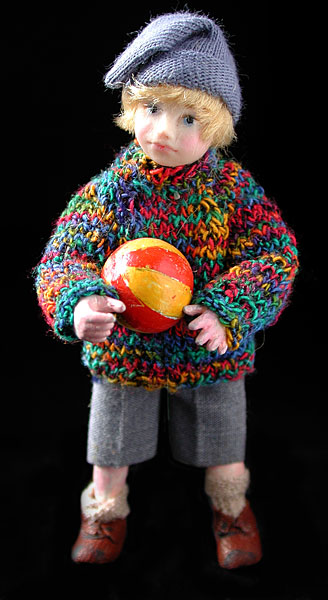
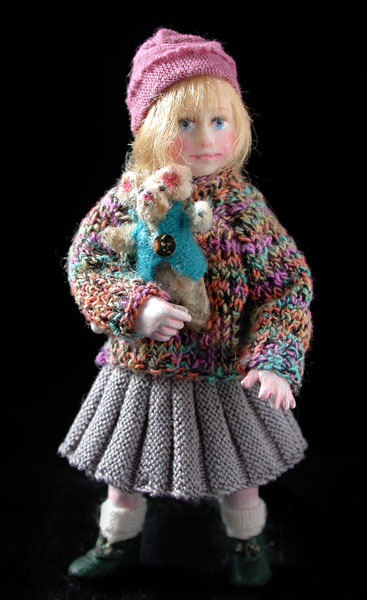
The second half of the 20th Century is beyond the range of the examples we have from the hand of Jill Bennett.
A place that Jill visited regularly was the Fashion Museum in Bath. The Fashion Museum is planning to re-open in May 2021. Currently online they have a fabulous and extensive section of their website looking in detail at the fashions of the 1970s and 1980s. Here is a link:
The Victoria and Albert Museum has a well researched and illustrated History of Fashion 1900 – 1970 on it’s website. Here is a link :